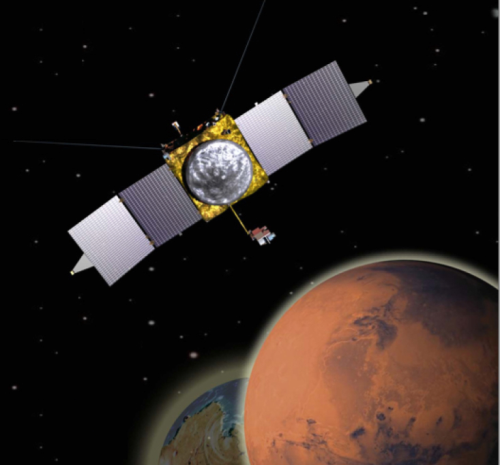
Video: MAVEN's lift-off from Cape Canaveral Air Force Station in Florida on 18 November. The solar-powered MAVEN spacecraft was built by Lockheed Martin in Littleton, Colorado, USA.
As a key supplier of advanced composite materials to Lockheed Martin, TenCate Advanced Composites provided a highly stable, engineered carbon fibre-reinforced composite that was used to fabricate the primary bus structure of the MAVEN orbiter.
|
MAVEN will analyse the upper atmosphere of Mars. Scientists hope the mission will reveal more about how the planet's climate has changed over time, and what happened to its liquid water. The MAVEN spacecraft builds on previous Mars orbiters. It is solar-powered, with a high-gain antenna that can be pointed to Earth for twice-weekly communications sessions. The MAVERN project partners are the University of Colorado, NASA’s Goddard Space Flight Center, the University of California at Berkeley Space Sciences Laboratory, Lockheed Martin, and NASA’s Jet Propulsion Laboratory, Pasadena, California. |
This primary structure is cube shaped and was built by Lockheed Martin in Denver, with high modulus composite face sheets sandwiched between aluminium honeycomb sheets. The entire primary structure is only 275 lbs, yet can it withstand the launch forces of 6g, which imparts loads of up to 61,000 lbs on the launch vehicle's interface.
TenCate has supported NASA and Lockheed Martin on prior Mars missions, including the Rover and Curiosity exploration vehicles.



